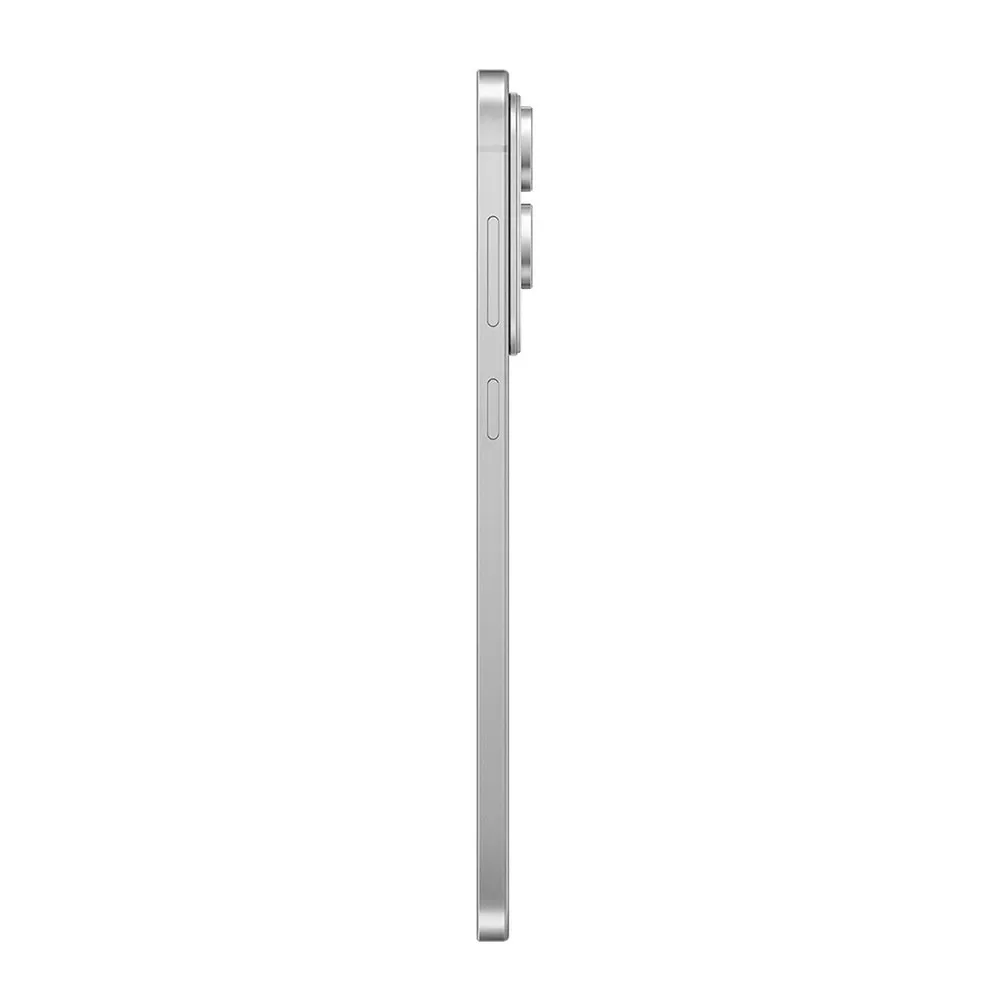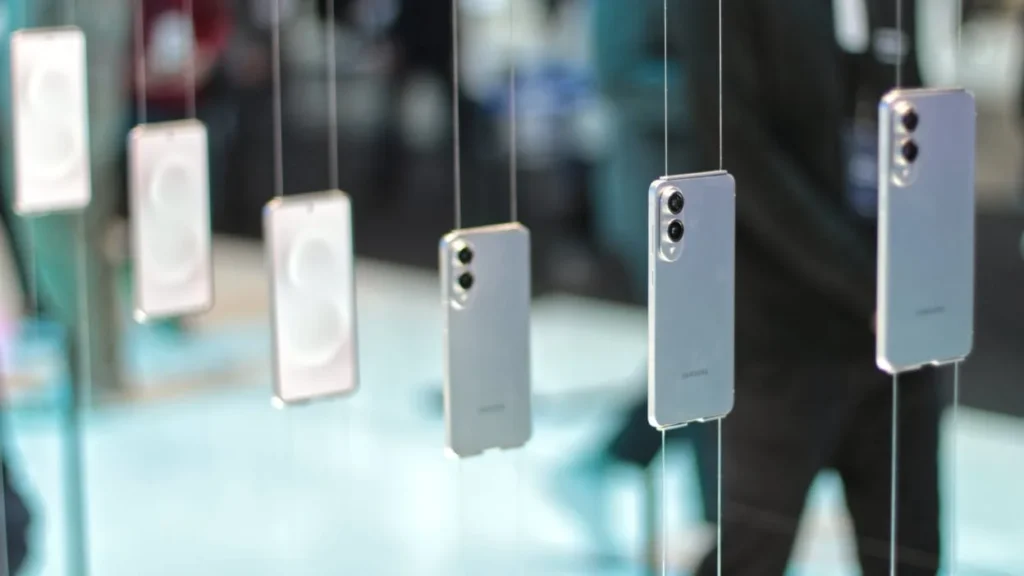Samsung abandons the Galaxy S26 Edge after disappointing sales of the Galaxy S25 Edge
Just five months after launching its first ultra-thin premium smartphone, Samsung is reportedly shifting its strategy. According to various reports from South Korea, the company has decided to discontinue the “Edge” line following the commercial failure of the Galaxy S25 Edge.
The result: the Galaxy S26 Edge has been canceled, and the Galaxy S26 Plus will now take its place.
The Galaxy S25 Edge: A Flop Despite a Bold Design
The Galaxy S25 Edge was meant to represent Samsung’s vision of “thin and elegant.” With a thickness of just 5.8 mm, it was the thinnest smartphone ever produced by the brand, featuring a futuristic design and high-end specifications. However, consumer interest did not follow.
Estimates suggest that the model has sold around 1.3 million units since its launch—far behind the sales of other models in the series:
- Galaxy S25 Ultra: 12.18 million units,
- Galaxy S25: 8.28 million,
- Galaxy S25 Plus: 5.05 million.
These figures reflect a significant disinterest in the Edge format, which was heavily promoted in the spring. Numerous promotions and aggressive discounts evidently did not suffice to shift the trend.
The Galaxy S26 Edge Canceled Before Its Launch
The Galaxy S26 Edge was already in advanced development. Several official 3D renders had even circulated in September, suggesting an imminent launch. However, in light of the disappointing sales of the previous model, Samsung has reportedly decided to halt the project, opting instead to reintroduce a conventional Galaxy S26 Plus to accompany the upcoming S26 Pro and S26 Ultra expected in January 2026.
According to leaks, the Galaxy S26 family will consist of:
- Galaxy S26 Pro (successor to the base model),
- Galaxy S26 Plus,
- Galaxy S26 Ultra,
- all three running Android 16 and One UI 8.5, with the new Exynos 2600 processor on most global markets—the Snapdragon reserved for the Ultra model.
A limited launch of the Galaxy S26 Edge in South Korea is not entirely ruled out, as Samsung seeks to mitigate the development costs already incurred.
Why the Edge Concept Did Not Convince

While the ultra-thin design of the Galaxy S25 Edge was impressive on paper, it was accompanied by major compromises: a smaller battery, limited cooling, lower battery life compared to competitors, and a high price for a device deemed “less durable.”
Users preferred the more balanced Galaxy S25 Plus, which has a 7.3 mm chassis and a 4,900 mAh battery. Analysts suggest that Samsung overestimated consumers’ interest in ultra-thin phones, a segment that remains niche and not prioritized when it comes to demands for power, battery life, and photography.
A More Rational Strategy for 2026
Replacing the Galaxy S26 Edge with a more conventional Galaxy S26 Plus seems logical: it will enable Samsung to simplify its lineup, reduce production costs, and better meet consumer demand. If the brand successfully integrates a battery over 5,000 mAh into a frame as thin as that of the S25 Plus, it might regain some of the audience disappointed by the S25 Edge.
The Galaxy S26 Edge will likely never see the light of day, a casualty of commercial reality. Samsung appears to have learned lessons from a market that, despite media attention, does not favor ultra-thin smartphones.
By refocusing on the trio of Galaxy S26 Pro, S26 Plus, and S26 Ultra, Samsung is returning to a clearer strategy where performance, battery life, and versatility take precedence over aesthetics.




